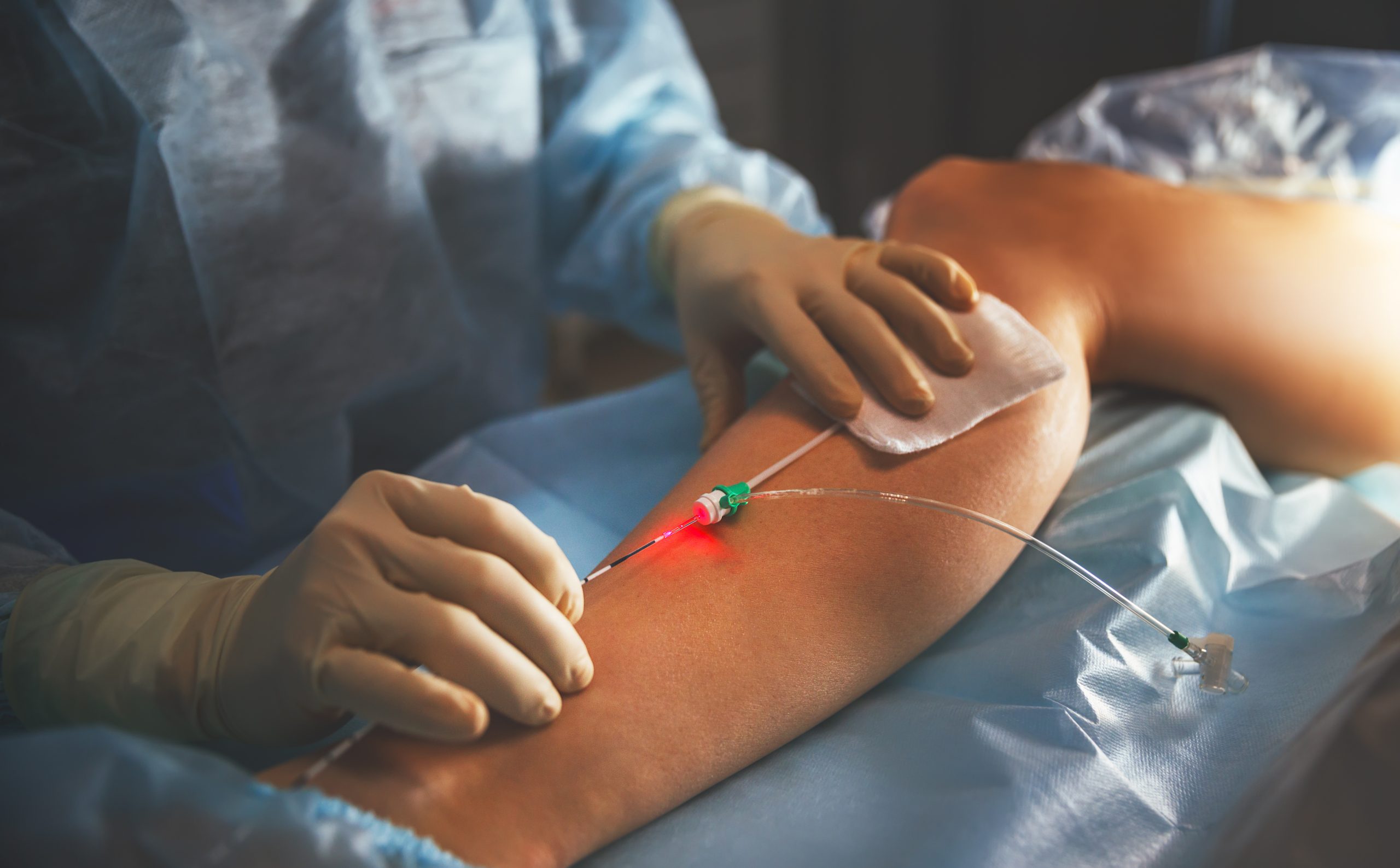Empowering Vein Wellness: Radiofrequency Ablation at California Veins
When is radiofrequency ablation used?
Radiofrequency ablation steps into the limelight when it comes to addressing varicose veins caused by venous insufficiency. This innovative technique targets the underlying cause, employing thermal energy to seal off problematic veins. This results in improved blood flow and significantly alleviates associated symptoms like pain, swelling, and discomfort. Patients experiencing discomfort or dissatisfaction due to varicose veins find considerable relief through radiofrequency ablation, regaining both comfort and confidence.

What should I do after my radiofrequency ablation treatment to ensure vein health?
Post-treatment care is pivotal in ensuring the success and longevity of radiofrequency ablation. Embracing light activities like walking can aid in circulation and support the healing process. Wearing compression stockings, as recommended by your healthcare provider, helps maintain optimal blood flow. Regular follow-up appointments are essential for monitoring progress and addressing any concerns. Staying hydrated and maintaining a balanced diet further contribute to the overall well-being of your veins, promoting a healthy recovery and sustained vein health.
Combining Therapies for Comprehensive Vein Care
In some cases, radiofrequency ablation for varicose vein treatment may be complemented by additional treatments for a synergistic approach to vein health. This combination can offer enhanced results, addressing both aesthetic and functional aspects of venous insufficiency.
